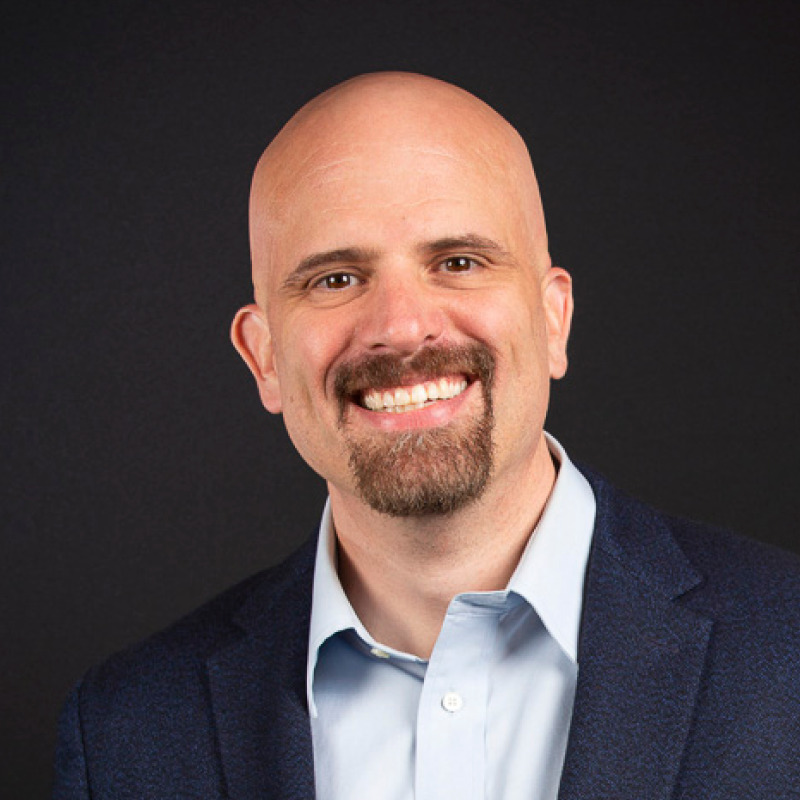
The Federal Communications Commission (FCC) is no stranger to undertaking controversial and potentially counterproductive regulatory projects. The commission’s digital-discrimination proceeding is expected to continue in November, and FCC Chair Jessica Rosenworcel just announced that the FCC will revive the warmed-over corpse of the 2015 Open Internet Order. This latter item highlights how the FCC’s Democratic majority has been emboldened to pursue risky regulatory adventures with the addition of recently confirmed Commissioner Anna Gomez.
But given that the FCC will already have a plate full of difficult docket items, it should continue to avoid a further landmine that some advocates have been pressing to take up this year: reopening former Chair Tom Wheeler’s proceeding on multichannel video programming distributors (MVPDs). First proposed in late 2014 but ultimately not adopted by the commission, the Wheeler FCC’s notice of proposed rulemaking (NPRM) would bring over-the-top linear-video providers like YouTube TV and Hulu Live (colloquially referred to as “virtual MVPDs,” or vMVPDs) under the FCC’s program access and carriage rules.
The justification for expanding the definition of MVPD to include linear-video programming delivered over the internet was ostensibly to promote competition and broadband adoption. The theory was that, by giving internet-based video services the same regulatory privileges and obligations as incumbent pay-TV providers (including access to programming), it would spur the development of competitive online options for consumers—including unbundled channel options and lower prices.
When the NPRM was drafted, there were fears that incumbent cable and satellite operators would maintain an iron grip on the video industry unless disruptive internet-based services were given regulatory boosts. Of course, the past eight years have demonstrated that the proposed regulatory changes were simply unfounded. The online-video market has exploded with new competition and consumer choice, all without extending MVPD regulations to internet services.
In particular, streaming services like Netflix, Hulu, Amazon Prime Video, YouTube TV, and Sling TV have flourished, offering consumers unprecedented options for both on-demand and live programming, all without a MVPD classification. Indeed, the competition has been so fierce that pay-TV subscribership has declined, as cord-cutting accelerates. Far from needing help through video regulations, these providers have fundamentally reshaped viewer habits and the competitive landscape.
In retrospect, it seems pretty clear that imposing legacy regulations on internet services would have had, at best, no effect and, at worst, would have stunted innovation and harmed consumers. Ultimately, the NPRM’s unfounded premises were revealed by the rapid, organic growth of choice and competition in today’s video marketplace.
Reopening a Can of Worms
There have nonetheless been recent calls urging the FCC to “refresh the record” on this matter. Advocates, of course, are forced to recognize that the current marketplace is extremely competitive. With the case to rely on the initial NPRM thoroughly discredited on its own terms, they are forced to offer new and different justifications. Sen. Maria Cantwell (D-Wash.), for instance, now argues instead that local broadcasters are unable to adequately bargain with networks and internet-TV providers to receive full value for their content:
Tens of millions of Americans continue to rely on local broadcasters for news about their communities. While local news is essential to our communities, stations are not compensated for the full value of their content when transmitted via television streaming services. The current regime weakens local broadcasters’ bargaining power and ability to negotiate directly with these services, which is contrary to good faith negotiation requirements of Section 325 of the Communications Act, and denies them fair compensation for their content. As [a] result, local broadcasters estimate that they receive 10-20% less for their content when it is distributed by linear television streaming services.
Similarly, former FCC Commissioner Robert M. McDowell has referred to online-video providers not being forced into retransmission-consent negotiations with local news providers as a “loophole.” But this view of local news and the online-video ecosystem misses two essential points.
First, online carriage is the result of very complicated negotiations not just between networks and online providers, but also between networks and their affiliates. The web of contracts among these parties is not something with which the FCC should cavalierly interfere. Local news has revenue issues, to be sure, but so do all news producers.
Moreover, as is often reported, the streaming providers are not exactly robber barons: there are persistent reports about how these platforms have been frustrated in their efforts to seek a path to sustainable profitability. Thus, what we have is a tough environment for all media producers and distributors. There are plentiful consumer options, but the media landscape is sufficiently sensitive to disruptions that FCC intervention could easily do more harm than good.
It’s also not at all clear the commission even has the authority to do this. As the FCC’s Media Bureau found in 2010, the Communications Act defines a “multichannel video programming distributor” as an entity that provides a “transmission path” as part of providing a “channel.” In short, a “transmission path” is not simply a video stream: it is the provision of some physical transmission facilities, such as the internet connection itself.
As we at the International Center for Law & Economics (ICLE) noted in our comments on this matter in 2015, when Congress added this definition of MVPDs in 1992, the intent was to cover facilities-based providers that use their own distribution infrastructure to deliver video to consumers’ homes. The idea was to regulate entities that may wield market power in their geographic service areas. Thus, MVPDs must be facilities-based. To expand the definition beyond that to include the so-called “vMVPDs” would likewise require an act of Congress.
Conclusion
Local broadcasters should be fairly compensated for their content, which is just as true for everyone in the media ecosystem. This is not really a question of whether creators and news broadcasters should be compensated, but how that goal can be achieved.
The modern video marketplace has thrived organically without imposing legacy regulations on internet platforms. Streaming services face their own challenges to profitability and should not be burdened with rules meant for cable operators. Regulatory intervention into a very complicated media environment is almost certainly not the way to make sure that everyone is paid fairly.
More fundamentally, the FCC likely lacks authority under the current statute to take this step. The definition of MVPD was intended for facilities-based providers that control physical transmission paths. Subjecting internet video to this complex web of retransmission-consent and program-access rules could distort competition among online business models.
Given the successes achieved to date without regulation, the best approach is for the FCC to avoid disrupting the thriving modern video marketplace. If any changes are needed to account for streaming, Congress should update the law, rather than the FCC overstepping its bounds.




